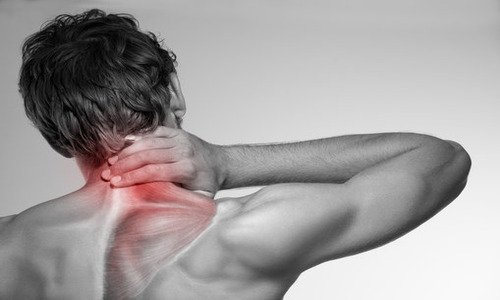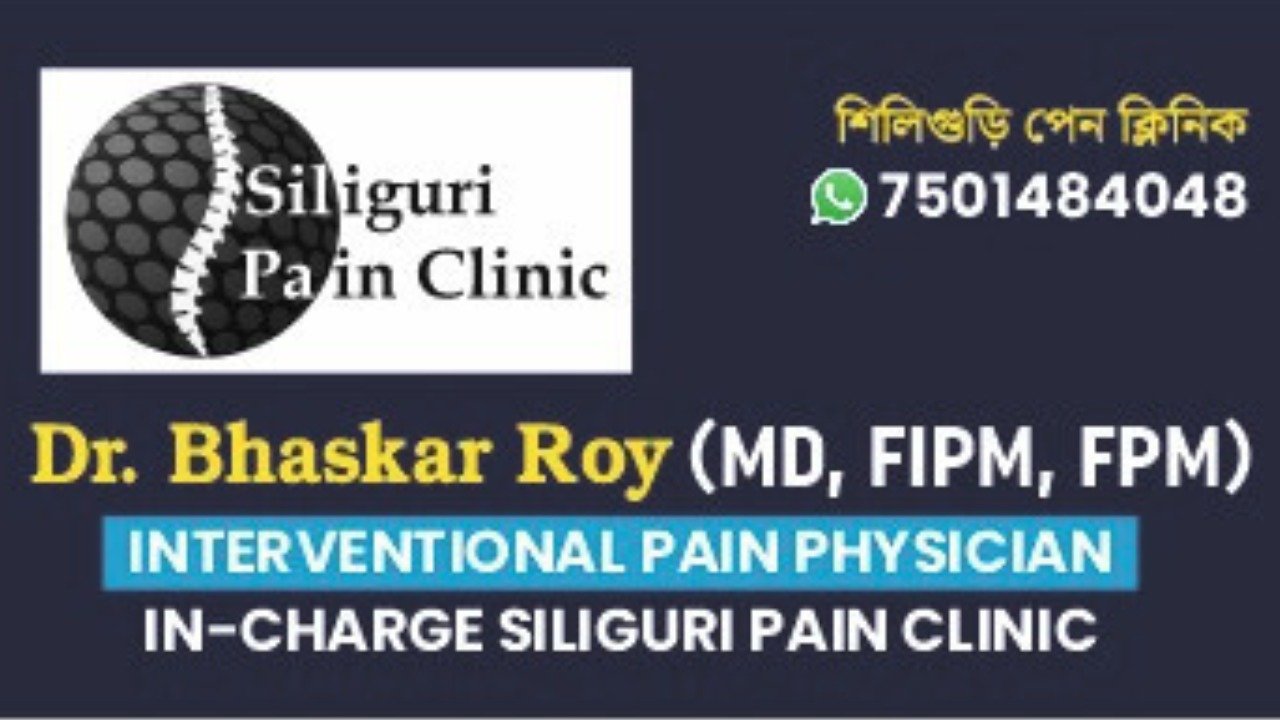Neck Pain
Imagine waking up to a stiff, throbbing sensation that seems to tighten its grip as the day progresses. Neck pain isn't just discomfort—it's a relentless companion, limiting your movements and clouding your every moment. But amidst the struggle lies a beacon of hope, a path to understanding and overcoming this persistent ache.
Common Causes Of Neck Pain And Cervical Pain
Muscle strains. Overuse, such as too many hours hunched over a computer or a smartphone, often triggers muscle strains. Even minor things, such as reading in bed, can strain neck muscles.
Worn joints. As with other joints in the body, neck joints tend to wear with age. In response to this wear and tear, the body often forms bone spurs that can affect joint motion and cause pain.
Nerve compression. Herniated disks or bone spurs in the vertebrae of the neck can press on the nerves branching out from the spinal cord.
Injuries. Rear-end auto collisions often result in whiplash injury. This occurs when the head jerks backward and then forward, straining the soft tissues of the neck.
Diseases. Certain diseases, such as rheumatoid arthritis, meningitis or cancer, can cause neck pain.
Common Symptoms Of Neck Pain
Neck pain, often characterized by dull aching, can worsen with movement and be accompanied by symptoms like numbness, tingling, and difficulty swallowing. Associated symptoms may include headache, facial pain, shoulder pain, and arm numbness, often due to pinched nerves in the neck.

Symptoms include:
Pain that's often worsened by holding the head in one place for long periods, such as when driving or working at a computer
Muscle tightness and spasms
Decreased ability to move the head
Headache
Neck Pain Treatment Options
Acute neck pain: Home treatment options such as heat or ice application and over-the-counter pain relievers can offer relief for neck pain. However, if symptoms persist, seeking evaluation from a pain physician is crucial for personalized management."
Chronic neck pain: When neck pain becomes persistent or chronic, wasting no time and seeking direct consultation with a pain physician is imperative. Treatment options are tailored to the specific cause of the pain, offering a range of interventions for effective relief.
Physical therapy : Physical therapy for neck pain often includes a combination of modalities such as ultrasonic therapy, short wave diathermy, laser treatment, and controlled traction. Additionally, neck strengthening exercises play a crucial role, although they should be avoided during acute painful episodes.
Pharmacotherapy : When conventional treatments like physical therapy and pharmacotherapy fall short, interventional pain management techniques come into play. Cervical epidural and trigger point injections offer safe and effective relief, ensuring rapid recovery when administered by expert pain physicians."
Life style modification : Lifestyle modifications are key to preventing further occurrences. Avoid heavy lifting, prolonged laptop and mobile phone use, and use supportive pillows. Focus on maintaining good posture during activities like sitting, working, reading, and driving.
Surgical options: Surgical intervention is seldom necessary for neck pain and is reserved for specific indications. Pain alone is not typically a criterion for surgery.
